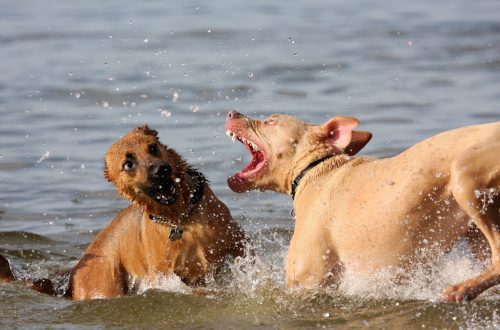
Right handed and left handed dogs
Everyone knows that people are divided into left-handers and right-handers. This is not uncommon among animals either. Are dogs right-handed and left-handed?

Contents
Are there right-handed and left-handed dogs?
Answer: yes.
In 2007, researchers found that dogs do not wag their tails symmetrically. In response to various stimuli, the dogs began to wag their tail, shifting it to the right or left. This is due to the uneven work of the two hemispheres of the brain. The left side of the body is controlled by the right hemisphere, and vice versa.
And at the guide dog training center in Australia, they began to investigate how much character is affected by which paw, left or right, leading a dog.
And what happened?
Ambidextrous dogs (that is, those that use both right and left paws equally) were more sensitive to noise.
Right-handed dogs showed themselves to be less excitable and more calm in new situations and in relation to new stimuli.
Left-handed dogs are more cautious and more distrustful. They are also more likely to be aggressive towards strangers.
Moreover, the more pronounced the preference for one paw or another, the more pronounced the corresponding qualities.
Scientists have come to the conclusion that right-handed dogs are more suitable for the role of guides.
How to find out who your dog is: left-handed or right?
There are tests to help find the answer.
- Kong test. You load the kong, give it to the dog and watch him. At the same time, write down which paw the dog uses while holding the toy. When using the right paw, tick the right column. Left – in the left. And so on up to 50 ticks. If one of the paws was used more than 32 times, this indicates a clear preference. Numbers from 25 to 32 indicate that the preference is weakly expressed or not at all.
- Step test. You will need a ladder and an assistant. While leading the dog on a leash, walk up the stairs several times. The assistant notes which paw the dog takes the first step on more often.
Guide dogs were tested using a more complex method, which is difficult to reproduce at home. However, even these two simple tests will allow you to draw certain conclusions about the pet.





